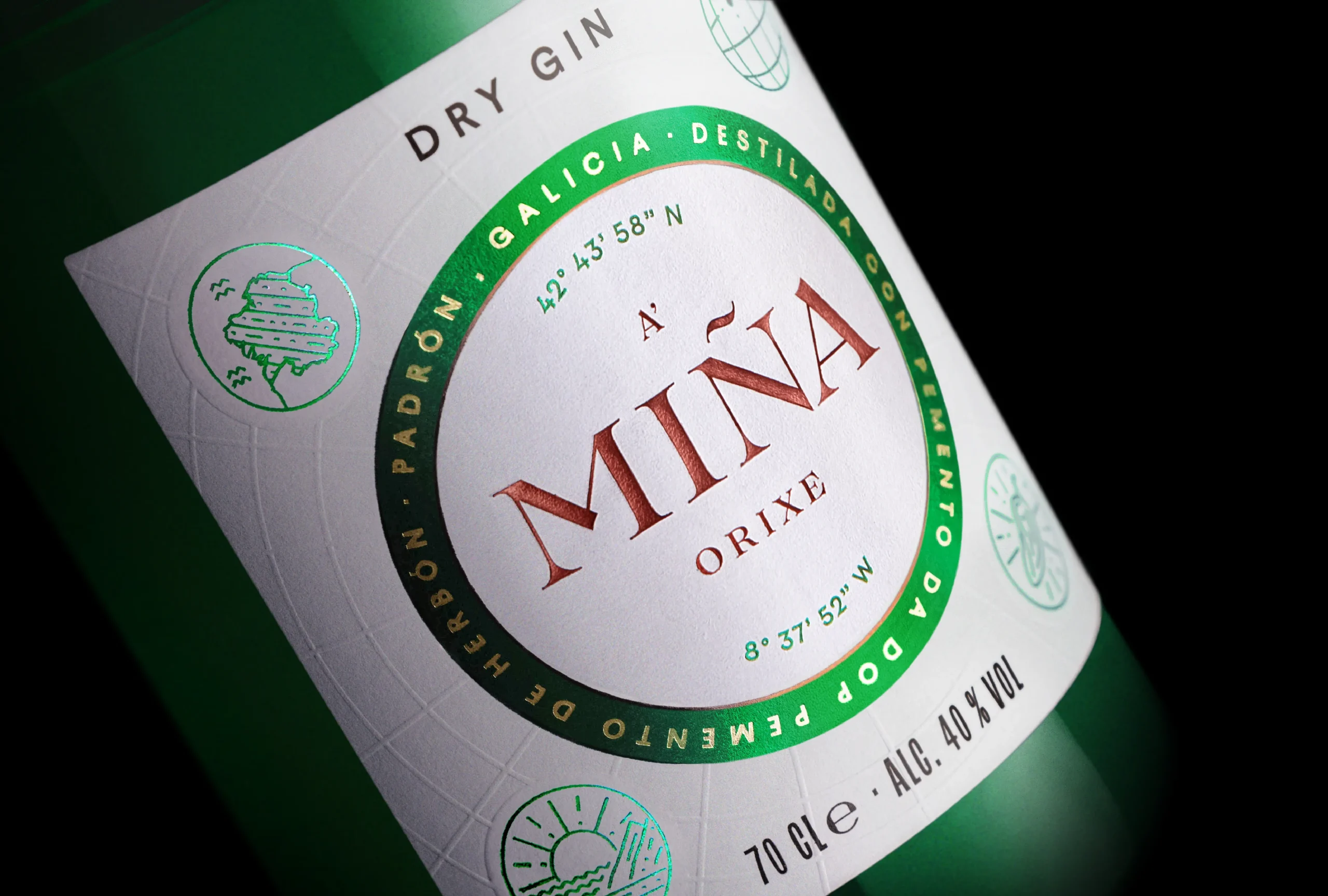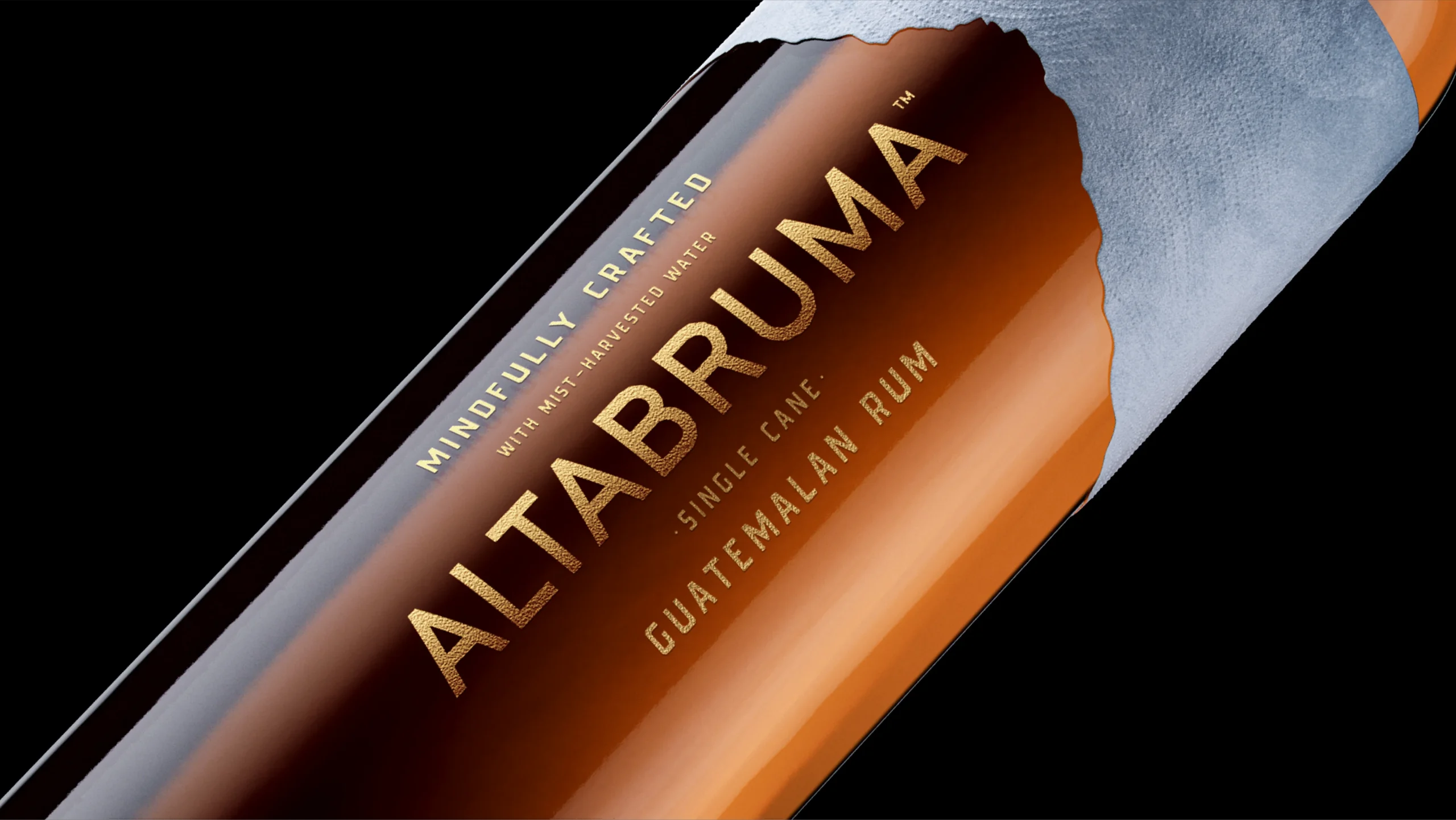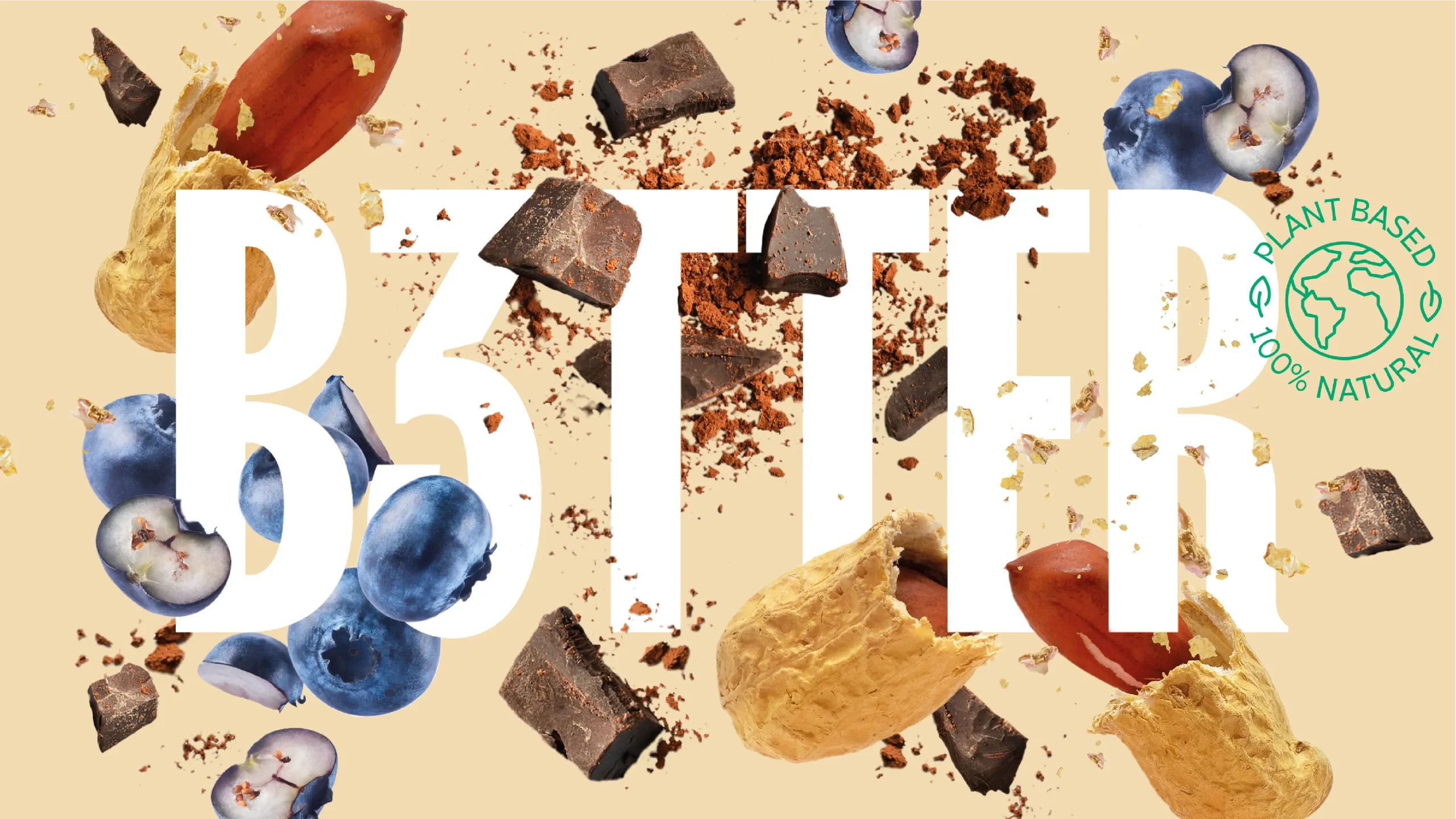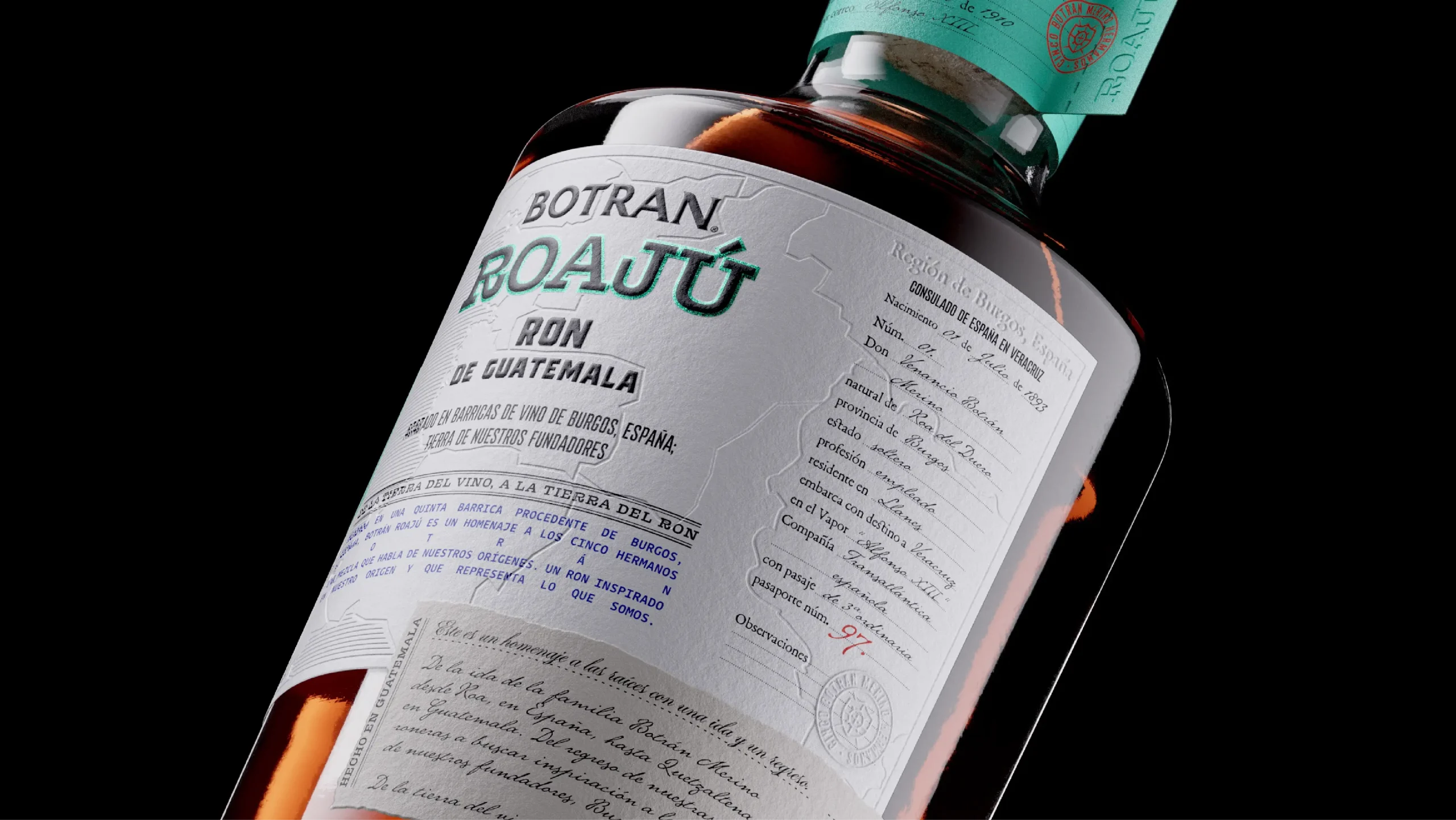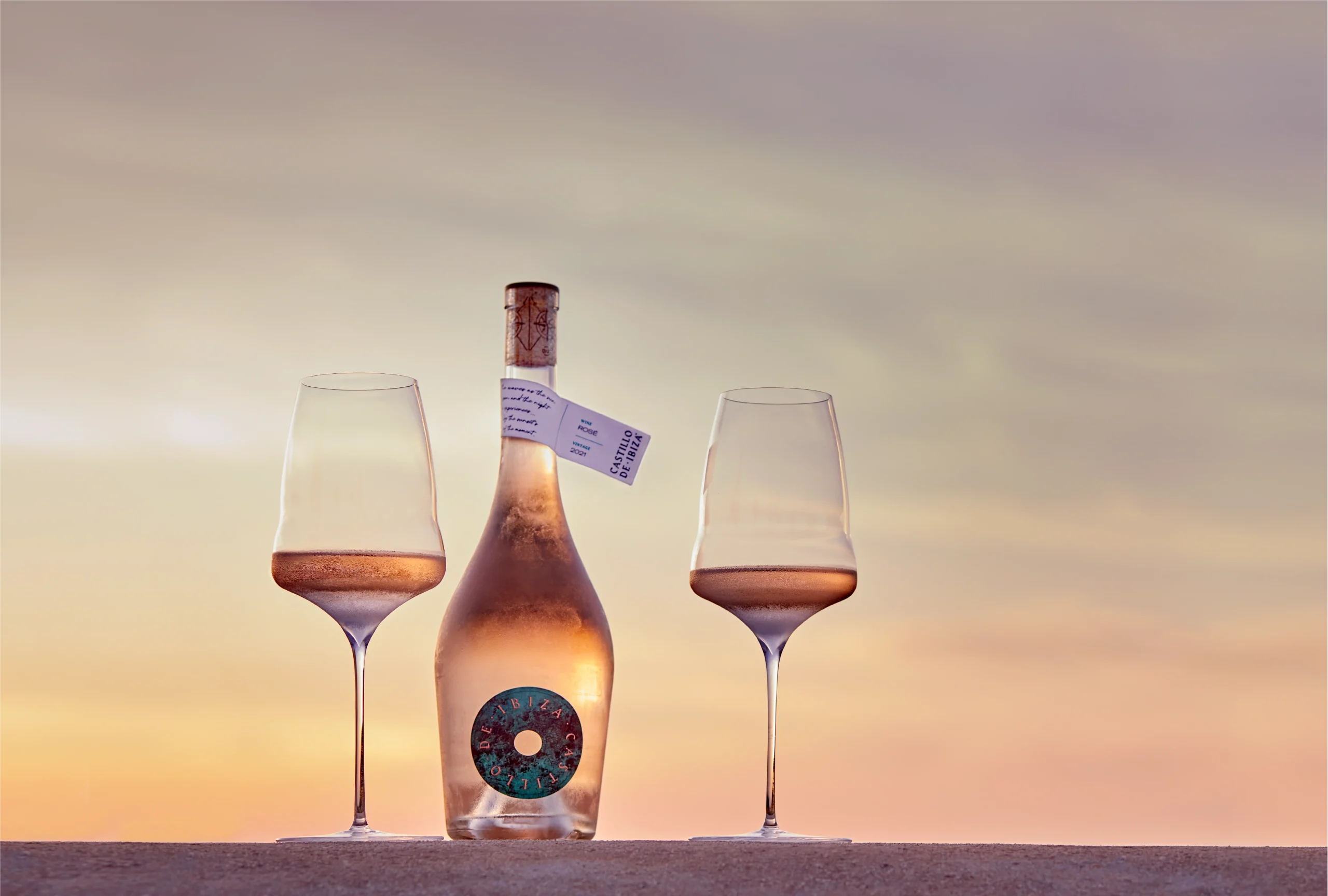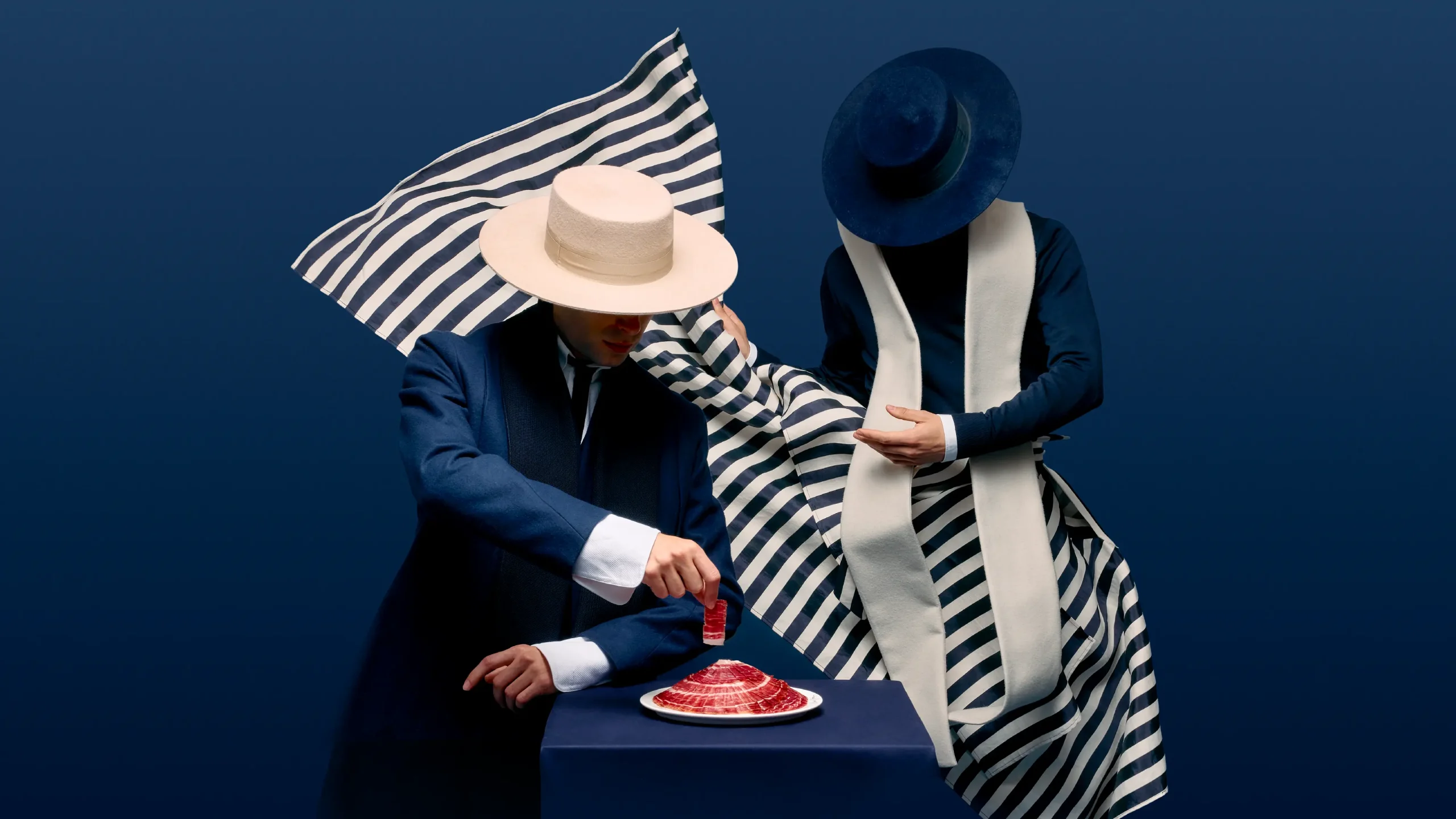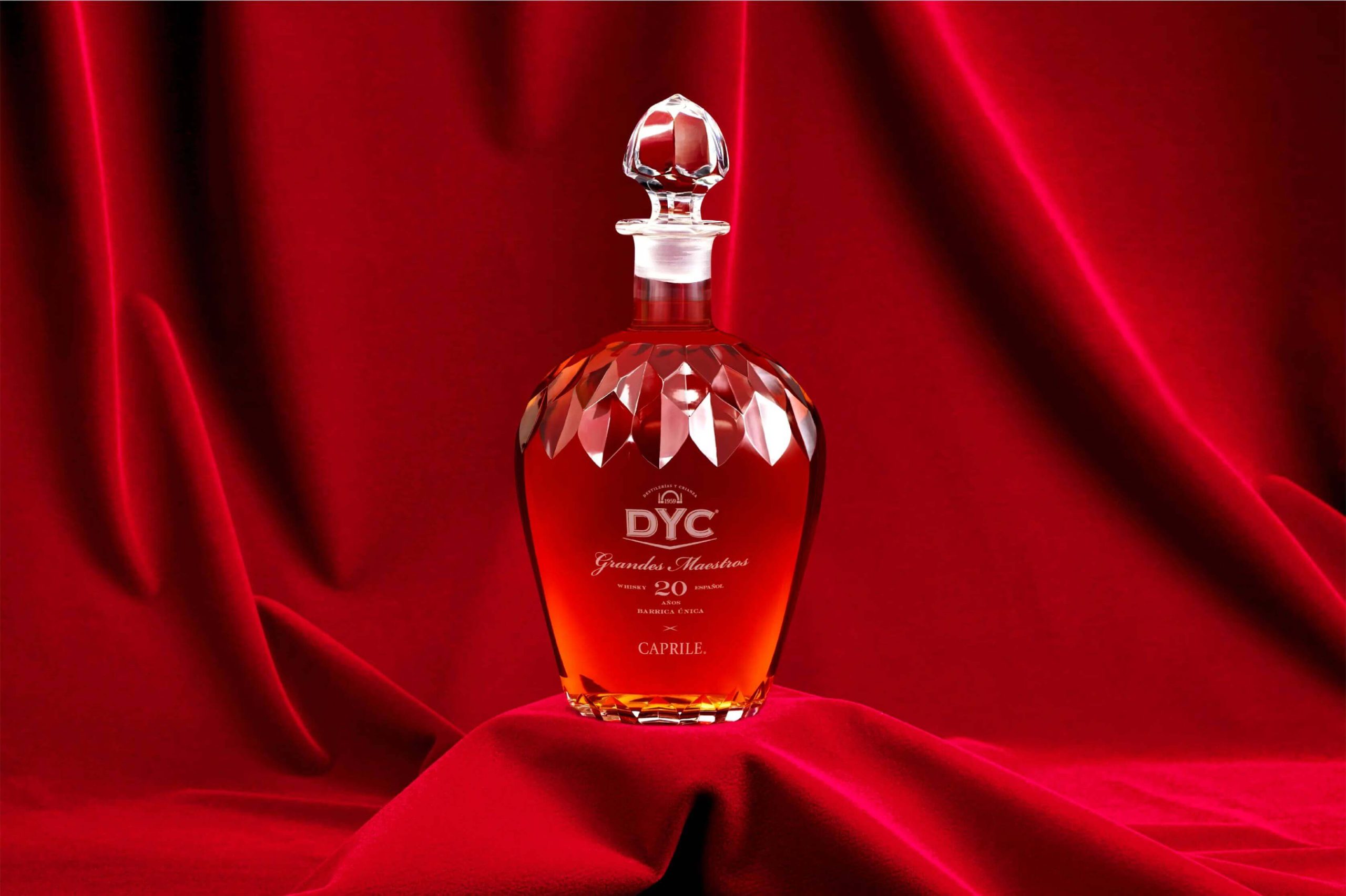Packaging is a brand’s tangible reality: it’s corporal and physical, we can touch it, observe it and if it convinces us, we choose it and take it home. It is part of consumers’ daily lives. It is the brand’s silent salesperson. It brings together strategy, visual language and the essence of a brand that, through a concept and storytelling, is personified in an object, which we try to make desirable. Packaging is in of itself, a brand’s promise to offer the user the best experience.
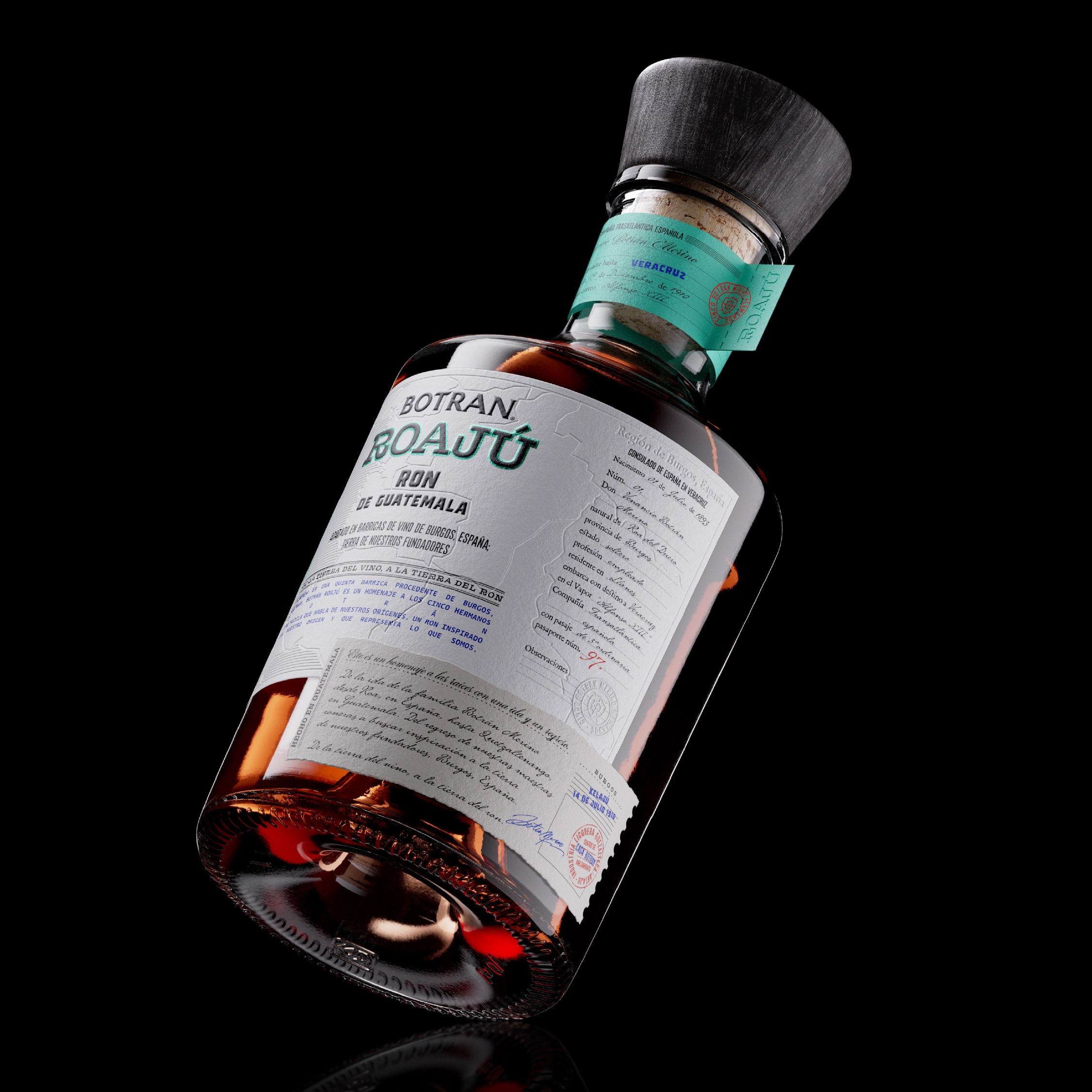
Why do we need it? What is it for?On a supermarket shelf or scrolling an online shopping channel, the packaging has hundredths of a second to catch our attention, and a good packaging design will be the one that gets selected in that search. Good packaging design refreshes a brand, solves portfolio architecture problems, makes a product stand out on the shelf, and connects with the senses and emotions of its audience. In a nutshell: it makes the consumer take the product home.
What does it consist of?
The pack architecture is necessary to structure the contents by hierarchies, so that each element has its place and its weight in the composition depending on its relevance, and will generate a visual balance. This architecture acquires a specific structure if the product is part of a range or of an extensive portfolio, which helps us understand a cross-cutting structure and recognize that all of the products are part of the same portfolio.
In packaging, the brand or graphic sub-brand is that with which the product is identified. It is designed with the purpose of providing an image in accordance with the particularities and values of the product. It may consist of a symbol, a logo, or a combination of both. The symbol is a graphic element that does not require reading, and that captures the consumer’s attention while representing a concept in a figurative or abstract way, expressing brand values. The logotype is the typographic representation of the verbal brand, and allows the brand to be identified visually and lexically.
The packaging, along with texts and legal information, is usually accompanied by a visual that helps us to understand what type of product we have in our hands. Figuratively or abstractly, directly or indirectly, the visual represents the essence of the product and by using photographic or illustrative resources, it helps to capture our attention.
In order to enrich and complement the concept of packaging design, we use a resource, something that catches our attention, something that we have been accustomed to since we were children, that tells us a story, that tells us about the product itself, its history, the way it is made, or simply reveals a fascinating tale that captivates us and connects it emotionally with the consumer. If we succeed, we will have created a bond that will carry us beyond the experience of our competitors.
Legal information is an essential requirement in order to market any product. The regulations of each country set the guidelines and restrictions with which they are generated, making it essential to include legible text sizes and texts that define the ingredients of the product, as well as manufacturer’s data, expiry date and functional technical iconography. The quintessential legal information icon is the EAN code (or barcode) which, by means of a cross laser, will provide distributors with the price and reference of the product at the checkout.
In order to ensure that a packaging design is applied correctly or to generate a new, non-existent variety, it is important to describe and standardize the common elements that constitute it. A packaging guideline is a key piece that includes a wide variety of elements that are intrinsic and extrinsic to the product: Correct application of the brand, format architecture, product and variety visuals, typographies, iconography, brand assets, correct and incorrect application of elements…
FAQs
When designing packaging, we may be looking for a functional impact in the characteristics of the product, whether in the way it is used, consumed, purchased, transported, preserved or reused. But we may also be looking for an emotional response from the consumer by empathizing with the relationship they have with the product, and their preferences and desires towards it.
You can and you must. To keep up with consumer demand, the packaging industry is making a shift towards sustainability. More conscious products and brands are generating empathy with today’s consumer, creating a relentless trend. Whether it’s new biodegradable materials to replace plastics, such as bottles that use 100% recycled plastics, or new paper made from agricultural leftovers. The possibilities are endless.
Having an ad hoc (custom-made) liquor bottle for a product generates a personal image and a differentiating factor that a brand’s standard catalog pack can never achieve. Any type of product packaging that is designed with a specific concept and brand image in mind, that meets the communication requirements and that is made like a tailored suit, will generate a differentiating brand, strong positioning and an original product that will stand out from the copies on the market.
You can and should always optimize and technically minimize the materials to be used in the development of packaging. For example, in our project for Aquabona, we used a bottle in which we managed to incorporate the smallest and most functional cap possible, thereby minimizing costs. What’s more, we reduced the PET thanks to the bottle’s micro-ribs, which resulted in fewer grams of plastic material with greater resistance. This also generated considerable savings for the customer – a win-win situation.
Luxury packaging is defined by the high economic value of its production and of its sale to the public, as well as by the quality of its materials. We live in a world filled with products that try to sell an image of “luxury” – and this is where price and quality come into play. Of course, not all expensive products are going to stand out as “premium” and not all economical products will go unnoticed in the market. However, there is a minimum price that dictates whether a product is really good, and you cannot sell a fine champagne for less than 100 euros.
Primary packaging is a packaging that cannot be separated from the product, as it supports it, like in the case of a yogurt pot or a wine bottle. Secondary packaging has the function of protecting and bringing an image to the brand – it is more resistant than primary packaging and can group units together. For example, a large milk carton that contains other small cartons with primary packaging.
